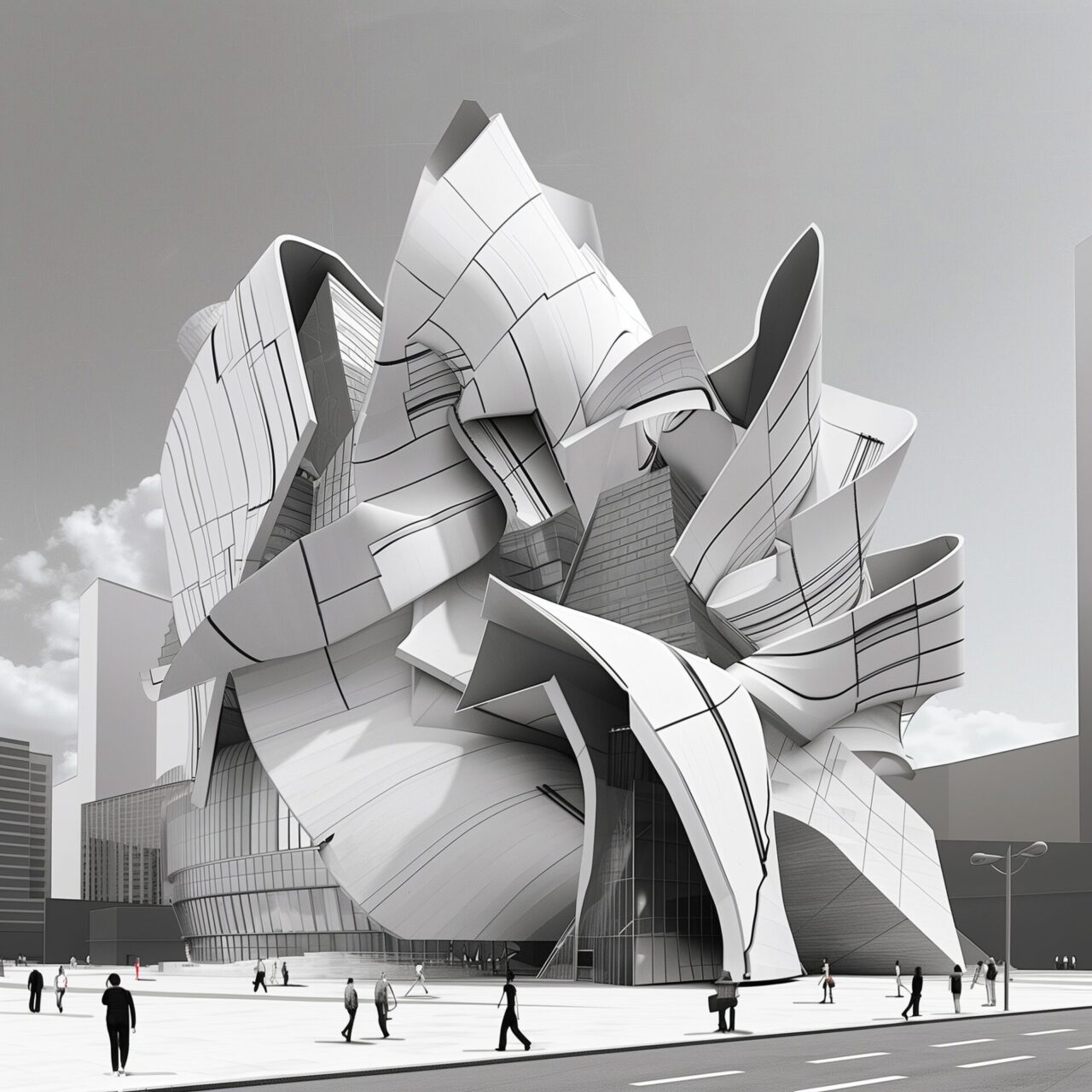
Opera houses and virtual reality
At a time when the digital revolution is radically changing our understanding of reality, the magnificent opera houses of the 19th century seem like relics of a bygone era. But the curtain has not yet completely closed. In fact, these cultural cathedrals and the emerging technology of virtual reality (VR) offer a fascinating parallel: both create immersive worlds that transport the audience from physical reality into a carefully constructed illusion.
The stage: from physical to digital
Traditionally, opera houses were places of cultural gathering, designed to maximise acoustics and amplify every movement on stage. The architecture itself served as a physical framework for the dramatic unfolding of the opera. Virtual reality takes these principles into the digital world. Here, the stage is replaced by 360-degree visualisations that allow the user to immerse themselves in a world as detailed and comprehensive as the carefully carved sets of a Verdi drama.
Immersion: sensory overload as an art form
Immersion is the top priority in both opera and VR. Opera uses music, set design and storytelling to create a profound emotional response in the audience. VR utilises visual and audio stimuli to create a fully immersive experience that physically and emotionally transports the user to another world. Both formats strive to isolate the viewer/listener from their everyday world and transport them into a fully crafted illusion.
Interactivity and participation
Modern VR experiences allow a form of interactivity that would be unthinkable in traditional opera houses. Users can make their own decisions in VR worlds and even influence the course of the story. While operas offer a less interactive experience, they captivate their audiences through the powerful combination of music, song and visual art. In both cases, the audience becomes an integral part of the experience; their reactions complete the work of art.
Technological and aesthetic challenges
The technical realisation of a VR experience poses similar challenges to the production of an opera: both require a deep understanding of the media used and a sophisticated choreography of image and sound to achieve the desired effect. In both cases, the end product is the result of a complex interplay of different forms of art and technology aimed at engaging the viewer emotionally and intellectually.
New worlds on old foundations
The future could bring a fascinating fusion of the opera house and VR experience, where live performances are enriched with interactive digital elements to achieve an unprecedented level of immersion. It could be an opera that not only takes place on stage but also extends into virtual space, further blurring the boundaries between the physical and digital worlds.
Dramatic worlds without borders
At first glance, opera houses and virtual reality may have little in common, but on closer inspection they open up a world of parallels. Both are stages that transport us to other realities – one through the power of music and theatre, the other through the power of technology. In both cases, the goal remains the same: to enchant, transport and ultimately transform the audience. In this fusion of old and new lies perhaps the key to the next great innovations in the art of storytelling.


